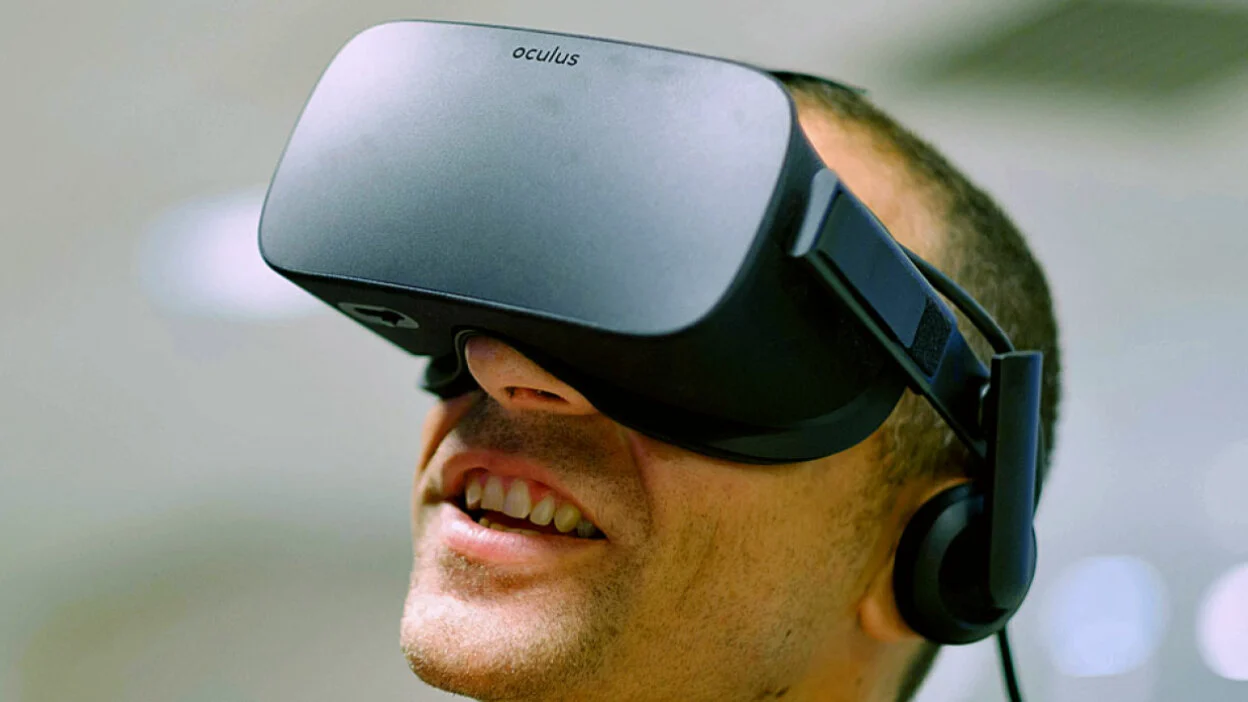The Evolution and Impact of Smartphone VR Headsets

Introduction
In recent years, virtual reality (VR) has transcended from a niche hobby to a mainstream technology with the potential to revolutionize various industries, from gaming and entertainment to education and professional training. Among the diverse VR solutions available, smartphone VR headsets have emerged as an accessible entry point for many users. These devices leverage the processing power and display capabilities of smartphones to deliver immersive virtual experiences without the need for expensive, dedicated VR hardware. This blog delves into the world of smartphone VR headsets, evaluating their evolution, performance, and impact on the VR landscape.
The Rise of Smartphone VR Headsets
Smartphone VR headsets gained prominence around 2014 when the technology was introduced to the mainstream market. These devices work by housing a smartphone with a compatible display and sensors, utilizing its screen and computing power to create a VR experience. This innovation made VR more accessible by eliminating the need for high-end PCs or specialized consoles, significantly reducing the cost barrier for users.
Initially, the market saw the release of a few key players, such as the Google Cardboard and Samsung Gear VR. These early models were rudimentary but laid the foundation for future advancements. Google Cardboard, in particular, was praised for its simplicity and affordability, serving as a gateway for many to experience VR for the first time.
Key Players in the Smartphone VR Market
- Google Cardboard Overview: Google Cardboard is perhaps the most iconic of the early smartphone VR headsets. Its minimalist design consists of a simple cardboard frame with lenses and a slot for a smartphone. Pros:
- Affordability: The low-cost nature of Google Cardboard makes it an attractive option for beginners.
- Simplicity: Its straightforward design allows for easy setup and use.
- Wide Compatibility: It works with most smartphones, making it highly versatile. Cons:
- Limited Features: The lack of additional controls and sensors restricts the range of experiences and interactions.
- Durability: The cardboard construction is prone to wear and tear.
- Samsung Gear VR Overview: Developed in collaboration with Oculus, the Samsung Gear VR brought a more refined VR experience with better build quality and features compared to its predecessors. Pros:
- Enhanced Comfort: The Gear VR features a more comfortable and adjustable design.
- Built-in Controls: Integrated touchpad and buttons offer a more interactive experience.
- Optimized Content: Samsung partnered with Oculus to provide a range of optimized VR content. Cons:
- Compatibility: The Gear VR is limited to Samsung smartphones, reducing its overall versatility.
- Price: Although more affordable than high-end VR systems, it is pricier compared to simpler options like Google Cardboard.
- Oculus Go Overview: Although not strictly a smartphone VR headset, the Oculus Go deserves mention for its role in bridging the gap between smartphone VR and standalone VR systems. Pros:
- Standalone Device: Eliminates the need for a smartphone, providing a more seamless experience.
- Good Content Library: Offers access to a wide range of VR applications and games.
- Improved Performance: Delivers better graphics and processing power compared to smartphone-based VR. Cons:
- Limited Tracking: Lacks the advanced tracking capabilities of more expensive systems like the Oculus Quest.
- Higher Cost: More expensive than traditional smartphone VR headsets.
Factors to Consider When Choosing a Smartphone VR Headset
- Compatibility The primary factor when selecting a smartphone VR headset is compatibility. Ensure that the headset is compatible with your smartphone’s size and operating system. Most headsets are designed for specific phone models or ranges, so check manufacturer specifications to avoid compatibility issues.
- Comfort and Build Quality Since VR sessions can last for extended periods, comfort is crucial. Look for headsets with adjustable straps, padding, and a design that distributes weight evenly. The build quality also impacts durability; a sturdier construction generally means a longer-lasting product.
- Optics and Field of View The quality of the lenses affects the clarity and immersion of the VR experience. Headsets with adjustable lenses allow users to fine-tune the focus and interpupillary distance (IPD), enhancing visual comfort. A wider field of view (FOV) provides a more immersive experience by expanding the virtual environment.
- Controls and Interactivity Basic VR headsets like Google Cardboard often lack physical controls, relying instead on the smartphone’s touchscreen for interaction. More advanced headsets, such as the Samsung Gear VR, include integrated controls for a richer experience. Consider what level of interactivity you need for your preferred applications.
- Content and Ecosystem The availability of content and apps is another crucial consideration. Some headsets come with access to a range of exclusive or optimized content, while others rely on general VR apps available through app stores. The quality and variety of content can significantly impact the overall VR experience.
The Future of Smartphone VR Headsets
As technology continues to advance, the smartphone VR headset market is likely to evolve. Emerging trends and innovations could reshape the landscape of VR experiences:
- Improved Display Technology Future smartphone VR headsets may benefit from advancements in display technology, such as higher resolution screens and improved refresh rates. These enhancements would address some of the visual limitations of current models and offer a more immersive experience.
- Integration with AR (Augmented Reality) The line between VR and AR is becoming increasingly blurred. Future VR headsets might incorporate AR features, allowing users to interact with both virtual and real-world elements simultaneously.
- Advanced Tracking and Sensors Enhanced tracking technologies, such as inside-out tracking and better motion sensors, could improve the accuracy and responsiveness of VR interactions, providing a more seamless and immersive experience.
- Standalone Capabilities As standalone VR systems become more affordable and sophisticated, the need for smartphone-based VR may diminish. However, smartphone VR headsets could still offer value by serving as a more accessible option for casual users.
Conclusion
Smartphone VR headsets have played a pivotal role in democratizing virtual reality, making it accessible to a broader audience and setting the stage for future innovations. From the simplicity of Google Cardboard to the more refined Samsung Gear VR, these devices offer a range of experiences tailored to different needs and budgets. As technology continues to advance, the smartphone VR headset market will likely continue to evolve, offering even more immersive and interactive experiences.
For those looking to explore virtual reality without investing in high-end equipment, smartphone VR headsets remain a compelling option. By considering factors such as compatibility, comfort, optics, and content, users can find a headset that best suits their needs and unlock the potential of VR from the palm of their hand.










